
Campfire Cooking With Kids: A Recipe for Learning, Laughing, and Lifetime Memories
We may earn money or products from the companies mentioned in this post.
There’s something magical about cooking over a campfire. Maybe it’s the crackle of the flames, the aroma of roasting food, or simply the way it brings people together.
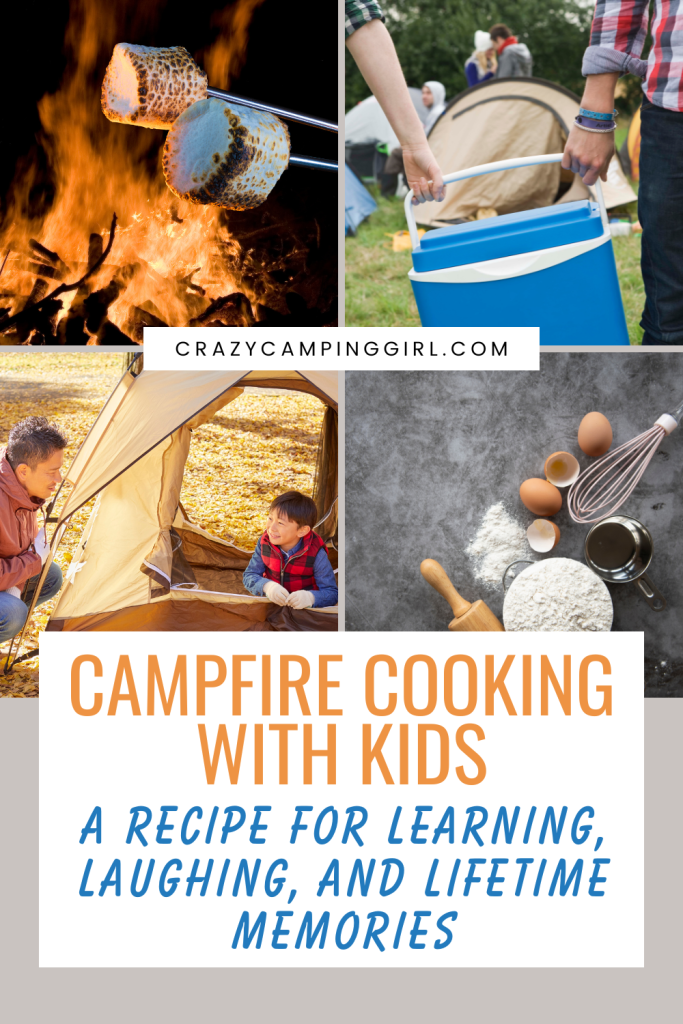
When you add kids to the mix, that magic multiplies. Campfire cooking with kids is a golden opportunity to teach, learn, and bond. And being together? That’s where the fun (and the lessons) really begin.
Whether you’re roasting marshmallows or crafting full campfire meals, involving kids in the process teaches more than just culinary skills. It sparks curiosity, encourages teamwork, and instills important values like fire safety, planning, and a respect for nature.
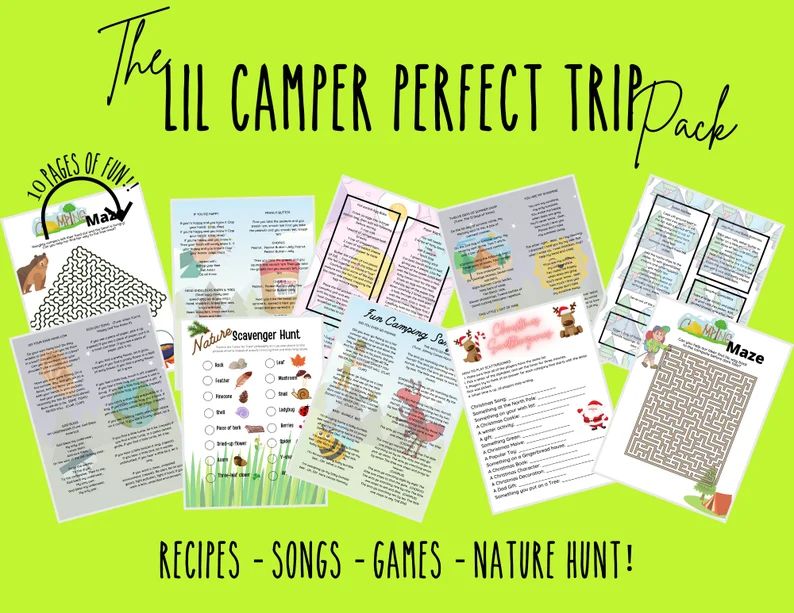
–>Camp recipes – kid-approved! – 2 pages
–>Nature scavenger hunt – get outside into nature!
–>Paper games for that possibly rainy day or long car trip – 3 pages. Just click on the image to see it in our Etsy shop!
How to Build a Cooking Fire
There’s a difference between a nightly campfire that dances with high flames and a proper cooking fire meant to heat food evenly. To create those magical white coals perfect for cooking, start by filling the fire pit with crumpled paper or kindling. Next, lay small pieces of wood (tinder) in crisscrossing layers over the kindling.
Once the paper is lit and the tinder catches fire, add logs evenly across the flames. Let the fire burn down until the flames die and glowing coals remain. That’s your cue—it’s time to cook.
Three Ways to Cook Over the Campfire
There are several classic ways to prepare meals over the fire, and each has its own charm. One involves cooking food on a stick—perfect for marshmallows, hot dogs, and teaching kids patience. Another uses a grill grate placed over the fire, turning your setup into an open-air kitchen.
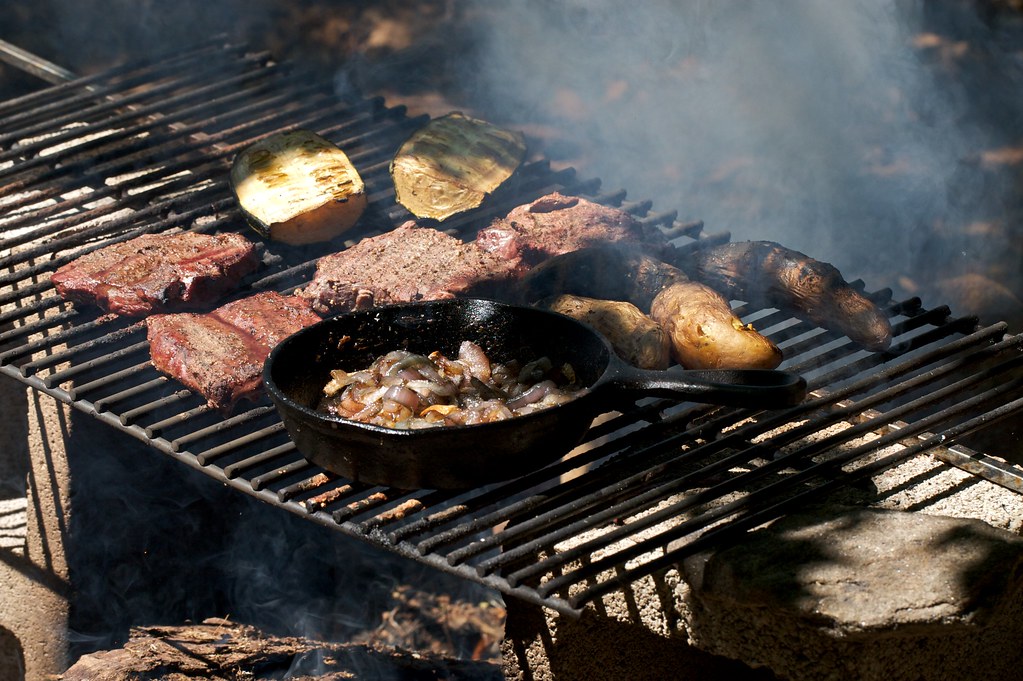
The third method? Wrap your food in foil or place it in cast iron, nestle it into the coals, and let it cook slowly with all those smoky flavors.
Try combining methods for a true campfire feast. For example, have an adult cut the tops off large onions and hollow them out. Let the kids help prep potatoes by slicing them open and stuffing them with onion pieces, butter, bacon bits, salt and pepper. Wrap them in foil and place them in the coals to bake for about 45 to 50 minutes.
While the potatoes cook, younger campers can help mix ground beef, an egg, milk, seasoning, and breadcrumbs in a zip-top bag. Little hands love squishing everything together. Once mixed, spoon the meat mixture into the hollowed onions, wrap them in foil, and cook them alongside the potatoes for about 20 minutes.
And of course, no campfire cooking with kids experience would be complete without dessert. Classic S’mores—melty marshmallows sandwiched between chocolate and graham crackers—are a hit with all ages. Chocolate frosting or hazelnut spread makes a fun twist if chocolate bars aren’t handy.
Fire Safety: A Lesson Worth Repeating
Fire is fascinating for kids, but also potentially dangerous. Supervision is key. Teach children to respect the fire, never to run or play near it, and to let adults handle anything directly over or in the flames.
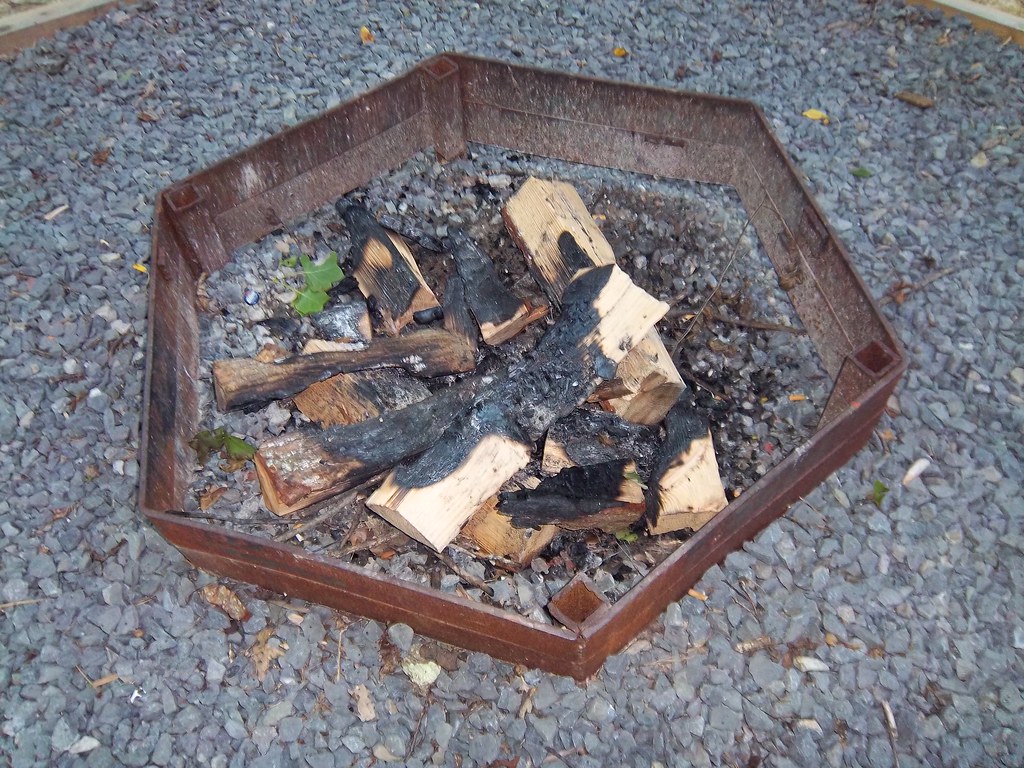
When it’s time for bed, extinguish the fire completely. If the ashes are still warm, it’s not out. Keep a bucket of water and a shovel close to your fire pit, and always position the fire upwind from your tent.
What You’ll Need to Cook Like a Campfire Pro
If you’ve ever tried cooking an entire meal on a wood fire, you’ll quickly realize how much you miss your kitchen counter space and running water. The trick is to bring the right staples, packaged smartly.
You’ll want core ingredients like flour, cracker crumbs, eggs, oil, sugar, salt, and spices. Condiments such as ketchup, mustard, mayo, and soy sauce come in handy too. Planning to bake in camp? Don’t forget things like vanilla, baking powder, and cocoa.
There are flexible staples you’ll want on hand too—refrigerator biscuits, macaroni, tomato sauce, canned soups and gravies. Bisquick is practically a camping MVP. Add a drizzle of honey or maple syrup to sweet or savory dishes, and always have a few chocolate bars and marshmallows for fun.
Fresh produce is lovely but perishable. If you’re worried about spoilage, freeze bags of fruits and veggies and keep them on ice until needed. Just seal them well after opening. For proteins, stock up on beans, bacon, bologna, sausages, and peanut butter (the ultimate camping multitasker).
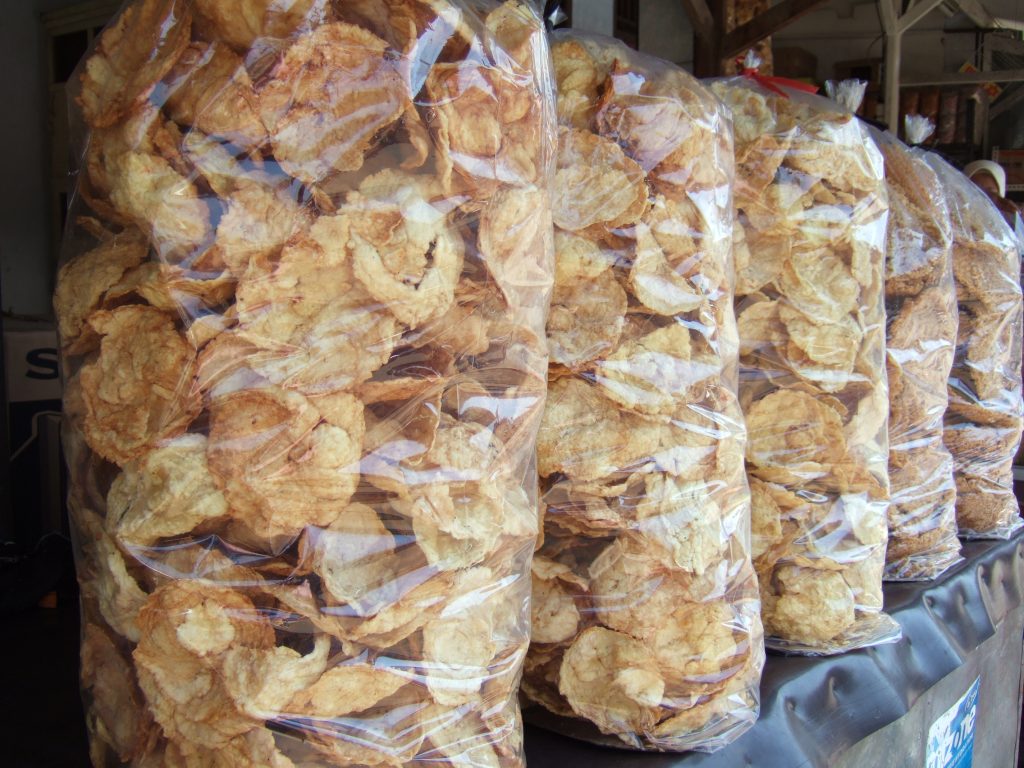
As for snacks and starches, think outside the bag. Chips, crackers, graham crackers, and cookies all pull double duty—great for munching and great for building meals or desserts.
Packing and Keeping Food Fresh
Before you even hit the road, pre-portion your dry goods. Put staples in resealable containers or bags and label them clearly. Pre-measure what you need for recipes, especially if you’re trying to keep your gear minimal and tidy.
Consider creating individual meal kits—everything you need for one dinner in a box. It saves time, space, and guesswork. Bonus: you won’t forget that one key ingredient you swore you packed.
Instead of ice blocks or cubes that turn into a watery mess, consider dry ice to keep your cooler cold and contents dry. And don’t let your snack bags hang open to welcome ants or raccoons. Reseal everything. Tight. Binder clips are your new best friend.
The Magic of Memories When Campfire Cooking With Kids
Campfire cooking with kids goes way beyond simply feeding everyone. It’s about slowing down, creating something together, and connecting with nature in the most delicious way possible.
With a little prep and a few supplies, you’ll find that campfire cooking becomes the heart of your outdoor adventure—and maybe, just maybe, a family tradition in the making.